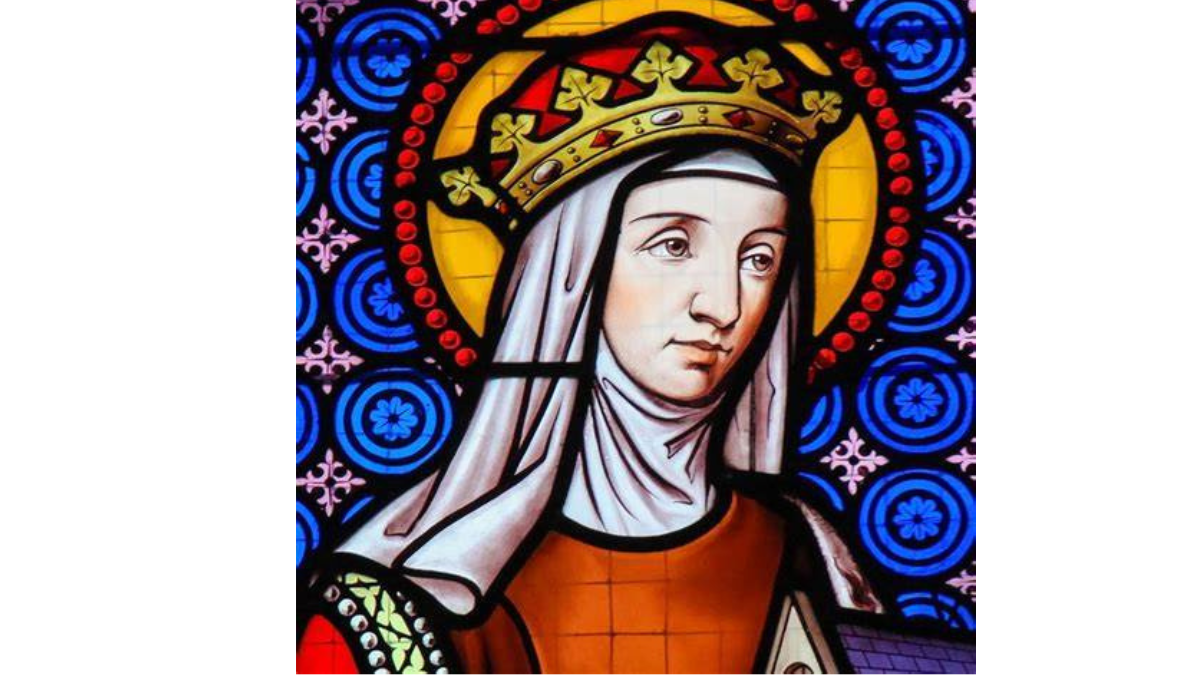
 Add to favorites
Add to favoritesSt. Hedwig
| Feast day | September 25 |
| Patron | of Cork, Diocese of Cork |
| Birth | 550 |
| Death | 620 |
St. Hedwig—a luminous figure in Christian history! Let’s explore her inspiring life.
1. Early Life and Noble Heritage:
- Born in 1174 at Andechs Castle in Bavaria (part of the Holy Roman Empire), Hedwig belonged to the prestigious House of Andechs.
- Her family tree was quite remarkable: Her elder sister Agnes married King Philip II of France, while another sister, Gertrude, became the queen consort of King Andrew II of Hungary. Hedwig’s youngest sister, Matilda, even became an abbess at a Benedictine Abbey.
2. Marriage and Duchess Consort:
- At the tender age of twelve, Hedwig married Henry I the Bearded, who was the son and heir of the Piast duke Boleslaus the Tall of Silesia.
- As Duchess of Silesia from 1201 and later of Greater Poland, Hedwig navigated the complexities of medieval politics and family rivalries.
- Her husband, Henry, faced challenges from his Piast relatives, including disputes over land and power. Yet, Hedwig stood by his side with unwavering support.
3. Virtues and Canonization:
- Hedwig’s life exemplified Christian virtues: extreme austerity, humility, and charity. She practiced what she believed, living a life of simplicity and devotion.
- She founded the Cistercian monastery of Trebnitz (Trzebnica) in Silesia, where she fostered spiritual growth and cared for the community.
- Patronage: St. Hedwig is invoked as the patron saint of brides, widows, duchesses, those who have lost children, and those facing difficult marriages. She is also sought for protection against jealousy.
- Canonization: In 1267, Pope Clement IV officially recognized her sanctity, and she was canonized as a saint.
4. Feast Day and Legacy:
- St. Hedwig’s feast day is celebrated on October 16 (though it was moved to October 20 in Canada).
- Her legacy endures as a model of Christian perfection—a woman who combined nobility with deep faith, compassion, and service.
So, when you think of St. Hedwig, envision a duchess who wore her faith as gracefully as her crown. Her story reminds us that holiness transcends titles and worldly power. 😇¹²³
Is there anything else you’d like to explore? Perhaps another saint or a different topic? 🌟
Source: Conversation with Copilot, 26/07/2024
(1) Hedwig of Silesia – Wikipedia. https://en.wikipedia.org/wiki/Hedwig_of_Silesia.
(2) St. Hedwig | EWTN. https://www.ewtn.com/catholicism/saints/hedwig-598.
(3) Saint Hedwig, Religious – My Catholic Life!. https://mycatholic.life/saints/saints-of-the-liturgical-year/october-17-st-hedwige/.
Views: 11


